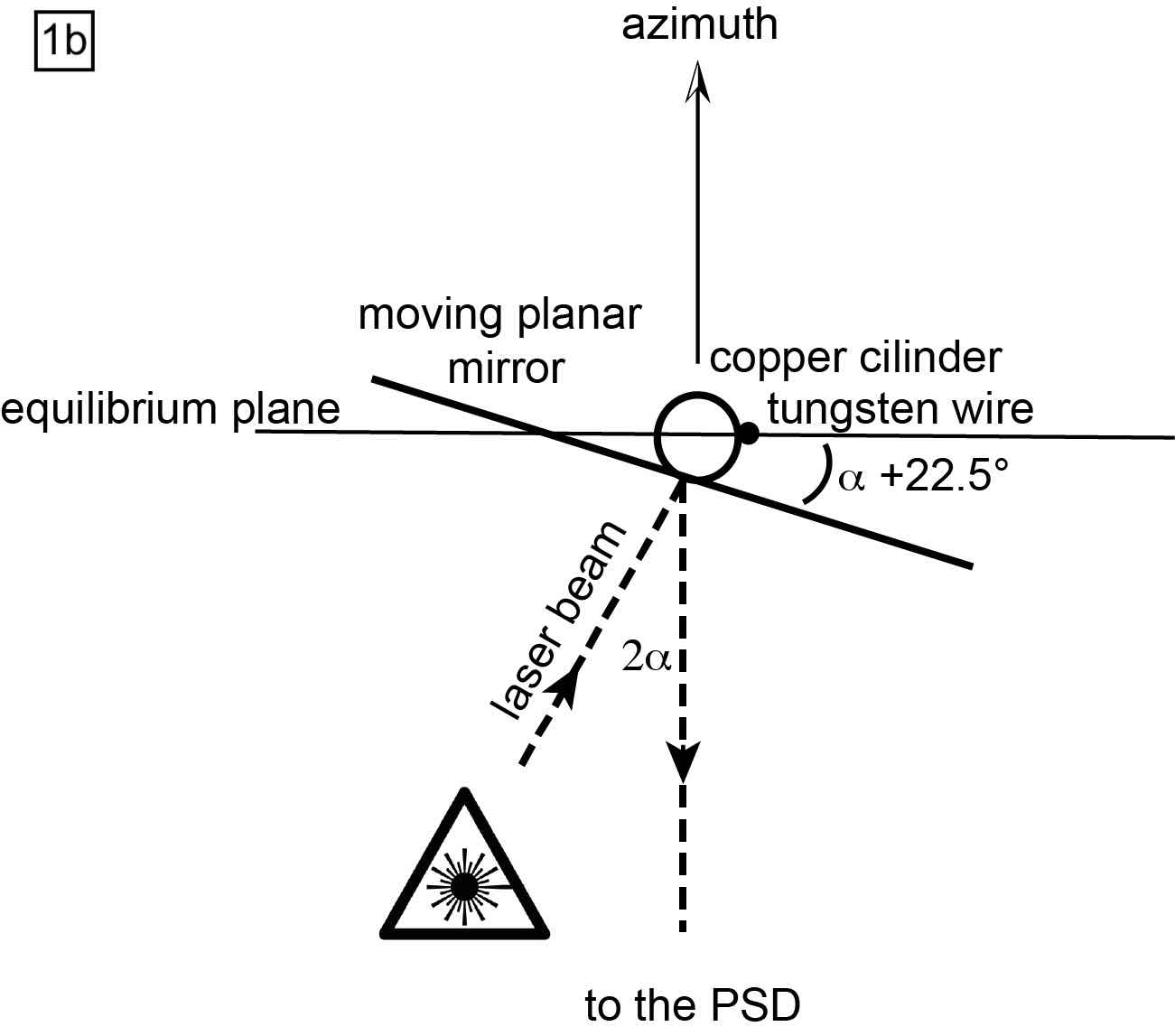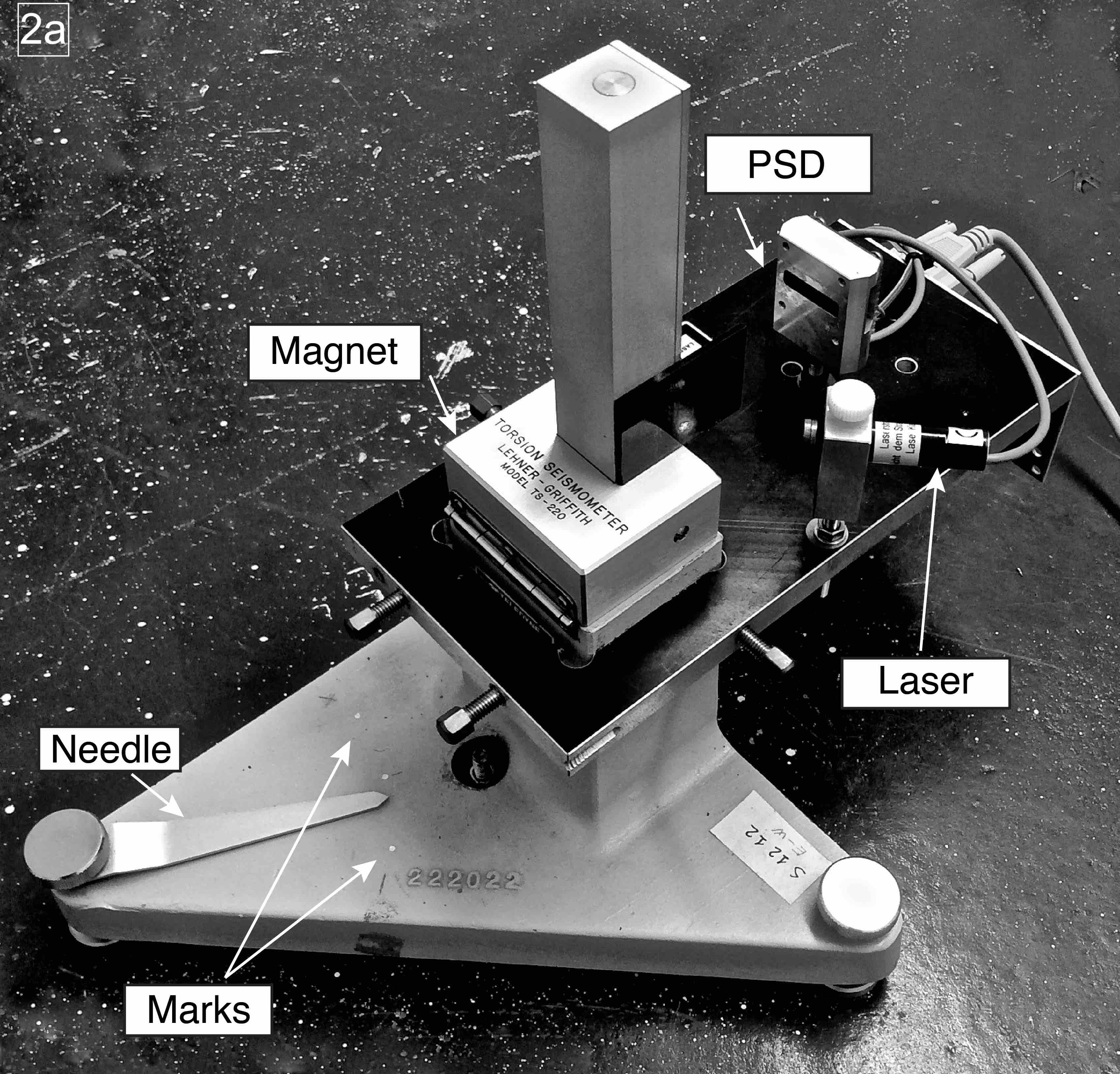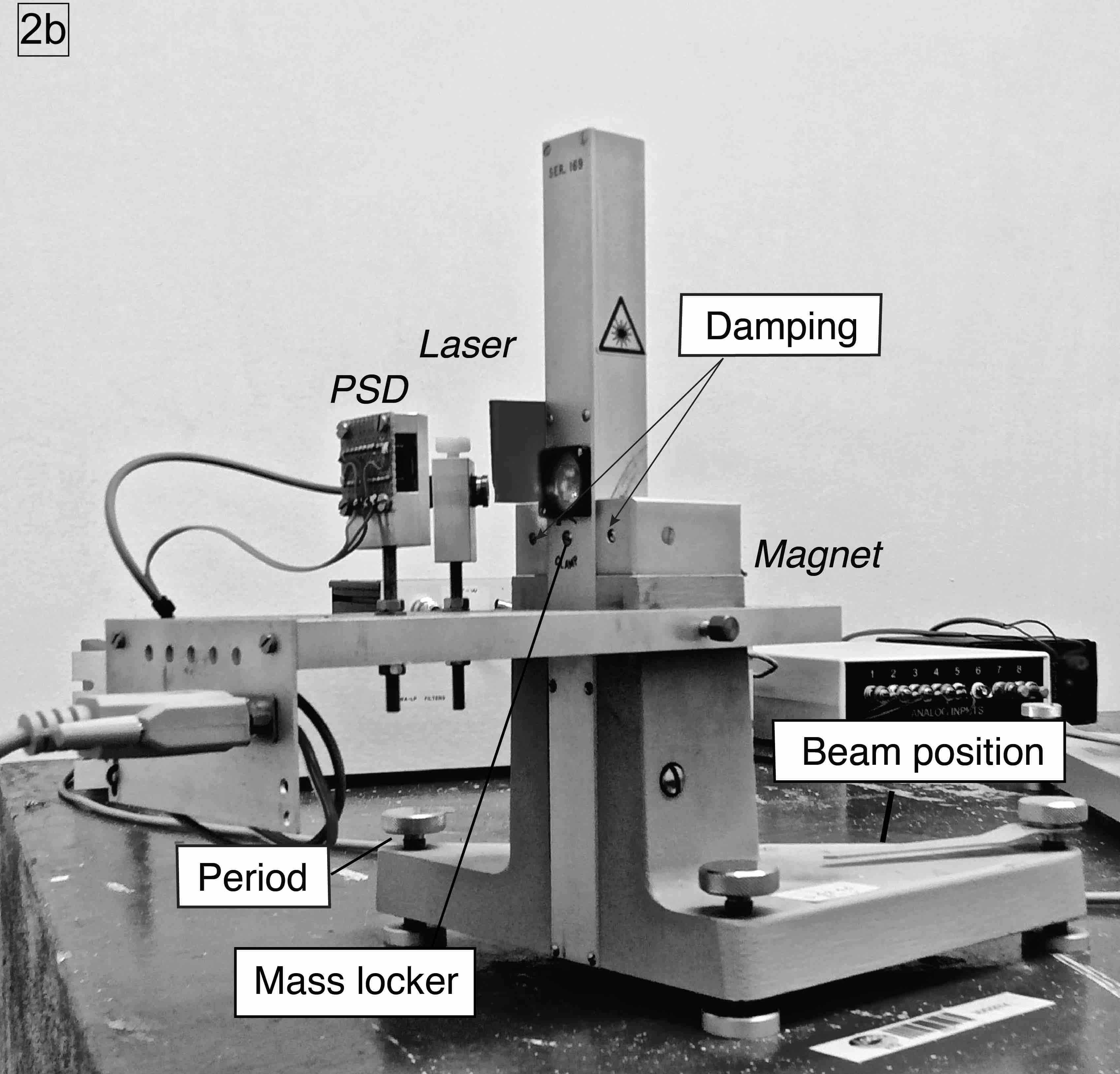| Wood Anderson Seismometer
- Modernization (.pdf) | ||||||||||||||||||||||||||
In Trieste, located in northeastern Italy, there is one of the few stations equipped with an original pair of WA instruments that are still
operating. The two horizontal WA seismometers (Lehner-Griffith TS-220) were installed in September 1971 and have been managed since then by
the Osservatorio Geofisico Sperimentale, presently the Istituto Nazionale di Oceanografia e di Geofisica Sperimentale (OGS). The Trieste
station was part of the Worldwide Standardized Seismographic Station Network (WWSSN) with the code TRI-117, and it dates its operation back
to 29 July 1963. At that time, three Benioff seismometers were employed as short-period seismographs, and three Ewing-Press seismometers were
used for teleseismic detection. The WWSSN seismometers were installed at the bottom (161 m above sea level) of Grotta Gigante, a giant cave
of the Trieste karst, 12 km away from the city center. The WA seismometers were placed over a plinth in a darkroom at the surface (336 m above
sea level, latitude 45.709° N, longitude 13.764° E). The daily processing of the photographic paper was quite expensive and very time consuming.
This aspect also contributed to the abandonment of the Trieste WA recordings in April 1992. In 2002, the WA instruments were recovered and
upgraded by replacing the recording on photographic paper with an elec- tronic device. From 17 December 2002 to 31 December 2013, the refurbished
WA seismometer recorded 1252 events, with a break between May 2005 and March 2010 due to the restoration of the building where it was operated.
At present, the Trieste station concurrently acquires data from (1) the upgraded digitized WA seismometer, (2) the Güralp 40-T (OGS) BB instrument
placed at the top of the cave (since 2004), and (3) the BB Streckeisen STS-1 seismometers installed at the bottom of the cave
(TRI, since 1995).
| ||||||||||||||||||||||||||
 |
 |
|||||||||||||||||||||||||
| (a) Original Wood–Anderson layout,
(b) refurbished Wood–Anderson layout (PSD, position-sensing detector.) |
||||||||||||||||||||||||||
A tungsten wire, tightly stretched between two suspension lugs, composed the original WA instrument (Anderson and Wood, 1925).
At the middle of the wire, there was a copper cylinder to which a small moving planar mirror was fastened (Fig. 1a). To obtain
the damping for the torsional vibrations, the copper cylinder was suspended in a magnetic field generated by a permanent magnet.
When the system was energized, the cylinder moved and generated Foucault currents propor- tional to the velocity of the cylinder
such that the resulting magnetic field contrasted with that of the permanent magnet, damping the movement of the cylinder. A light
beam coming from an external bulb lamp (Fig. 1a) was projected to the planar mirror mounted on the seismom- eter wire, from which
it was reflected into a cylindrical mirror and then back again to the planar mirror. The beam was then focused to a point on
photosensitive paper placed over a rotat- ing drum located 1 m from the sensor (Fig. 1a). This arrange- ment secured a great static
magnification in a limited space and made the effective length of the optical lever arm equal to four times the physical distance
from the instrument to the record- ing system.
The New Optical Leverage
The WA seismograph of Trieste was modernized in 2002, mainly by changing the recording system from analog to digital format (Gentile, 2002).
The WA seismograph was upgraded by replacing (1) the bulb lamp, used as the light source in the original arrangement (Fig. 1a), with a laser
device (Fig. 1b) and (2) the photosensitive paper with a position-sensing detec- tor (PSD). The PSD is an optoelectronic device that is
sensitive to visible red light; it converts an incident light spot into a tension directly proportional to the barycenter of the spotlight.
The departure from linearity is ∼0:1% when the light beam spot lies inside 80% of the sensor surface. In the new arrange- ment (Fig. 1b),
the cylindrical mirror and the two lenses placed in the optical window were removed from the TS-220 WA seis- mometer, leaving a small side
window. The laser beam enters from the side window, hits the moving mirror, and then is re- flected back to the PSD (Fig. 1b). In this new
configuration, the optical arm is twice the distance between the mirror and the sensor. The analog signal from the PSD goes to an amplifier
(Fig. 1c) and, after filtering with a 40 Hz antialiasing filter, is acquired through a 16-bit digital converter with a sampling rate of 100
samples/s.
| ||||||||||||||||||||||||||
 |
 |
|||||||||||||||||||||||||
| (a) Top view and (b)
side view of the Wood–Anderson seismometer currently operating in Trieste. The screws for tuning the beam position,
the period and the damping factor, and for blocking the mass of the instrument are shown in the side view. |
||||||||||||||||||||||||||
| References to info-rts@inogs.it | ||||||||||||||||||||||||||